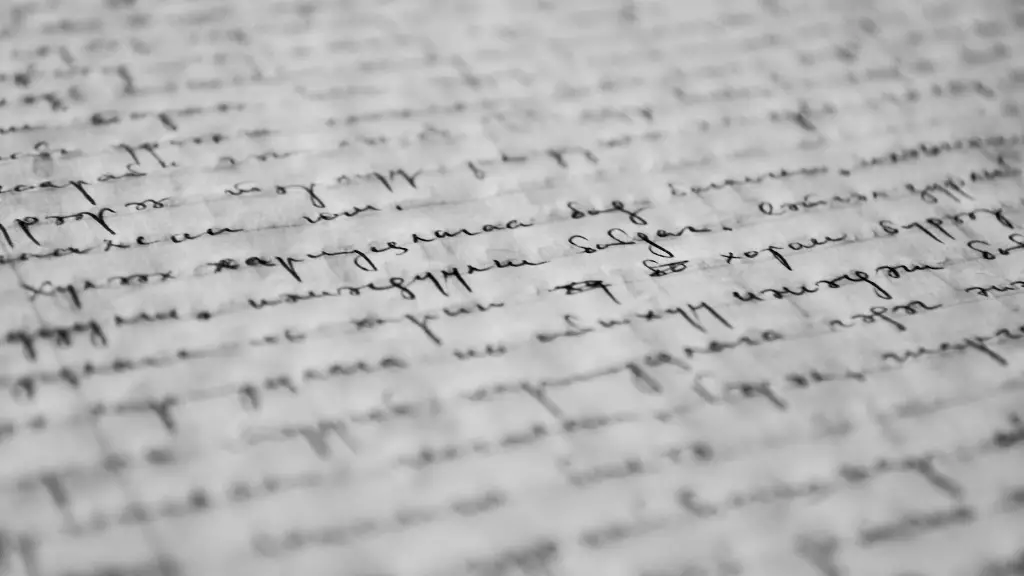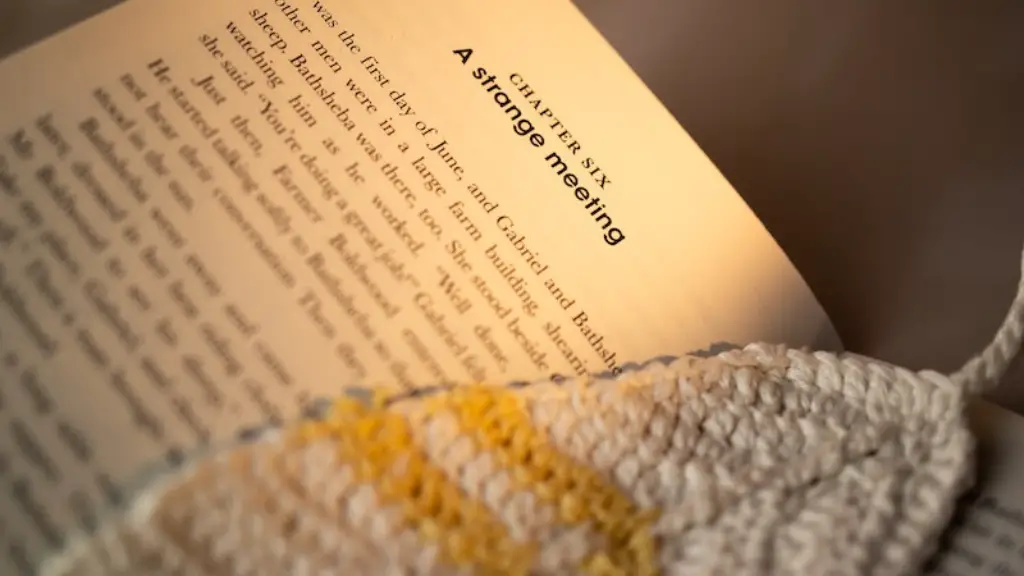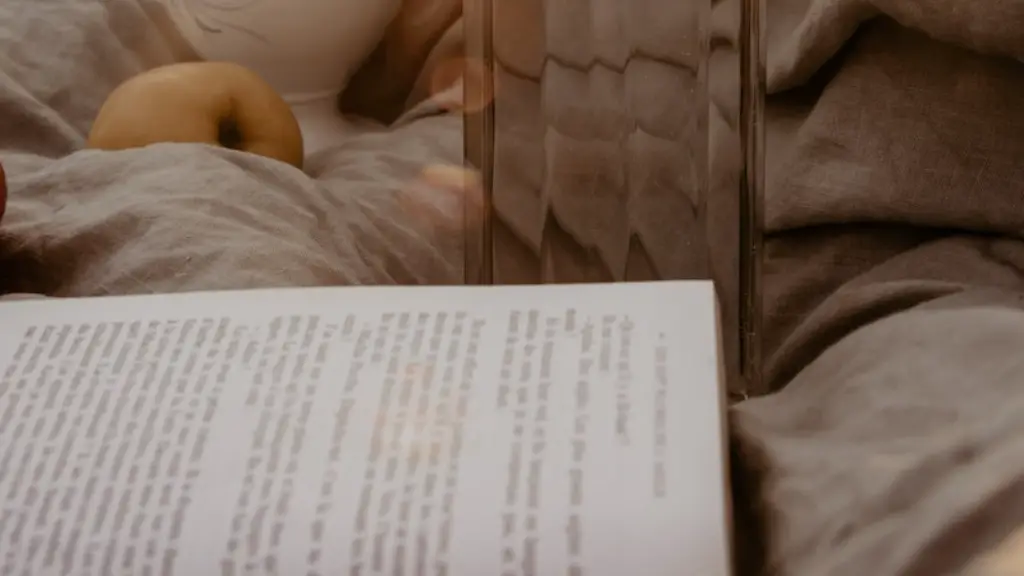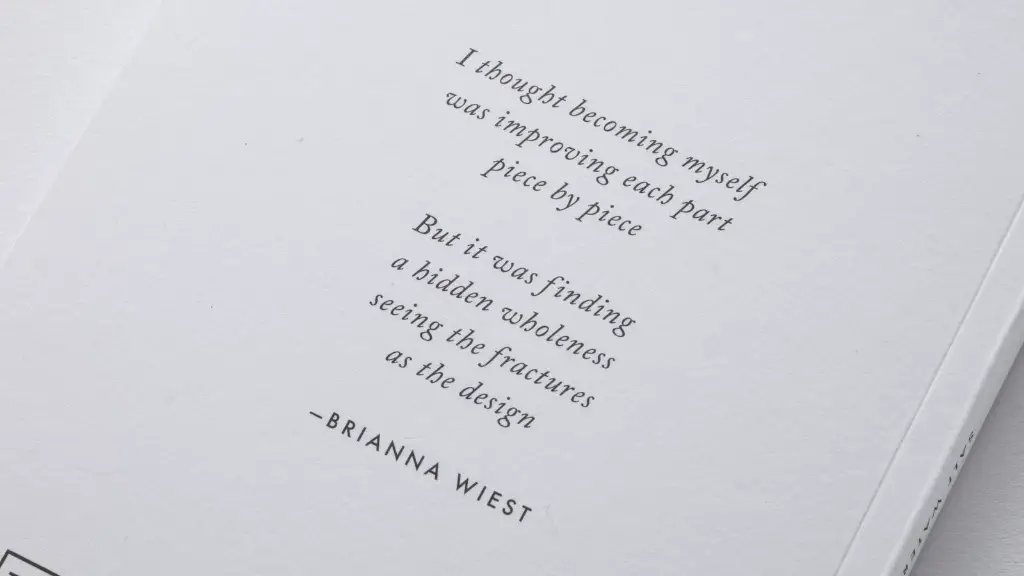What is the 5 elements of poetry? Poetry is a type of literature that has been around since the dawn of time. It’s composed of words and ideas that can reveal deep truths about what it means to be human and express emotions.
The five elements of poetry are the key components that, when combined, create this unique and powerful form of literature. The five elements of poetry include, tone, imagery, metaphor, sound and structure.
Tone
Tone is the attitude a poet brings to the poem. It can be serious or lighthearted, emphatic or resigned, bittersweet or angry. It’s the emotion that imbues the poem with meaning and can be created through the choice of words, images and metaphors the poet uses.
The tone of a poem can also be invoked through punctuation or line breaks. A poem’s mood or atmosphere can be illuminated by the way the poet chooses to express the poem, be it happy, sad, humorous, mysterious or else.
Tone is an important element for any poem, as it reveals how the poet feels about what he or she is expressing and how the reader can interpret it. Tone can be used to convince readers of the poet’s message or to evoke an emotion in the reader.
Imagery
Imagery is the use of words that evoke the five senses; touch, taste, smell, hearing and sight. Writers often use imagery to evoke an emotional response from their readers. They use metaphors and similes to help readers to get a better understanding of the scene or characters described.
For example, a poet might write, “My love is like a red, red rose,” to evoke strong feelings of love and beauty. This type of metaphor is used to help the reader envision the scene described. By writing in an evocative way, the poet can help the reader to understand the poem’s deeper meanings.
Imagery can also be used to convey a certain feeling or atmosphere. For example, the poet might write, “The night was misty, damp and still.” This type of language can help to evoke feelings of loneliness and desolation in the reader.
Metaphor
Metaphor is a tool writers use to reveal comparisons between two different things. It is a type of figurative language that can evoke strong images in the minds of readers.
In the poem, “The Road Not Taken” by Robert Frost, the poet uses metaphor to compare life decisions to the path of a journey. By comparing life decisions to the different paths of a journey, he is able to evoke emotions in the reader.
Other types of metaphors a poet might use are animal metaphors. Animal metaphors can be used to describe characters or situations. For example, the poet might write, “She was a lioness, fierce, wild and untamed.” This type of metaphor can help to bring a vivid image to the poem and create strong feelings among readers.
Sound
The sound element of poetry refers to the quality of the poem’s sound. The sound of the poem is created by its rhythm, rhyme, assonance and alliteration. Rhythm creates the sense of wave and movement as the poem is read aloud. Rhyme creates the repetition of sounds within the poem. Assonance and alliteration add texture and feeling to the poem by repeating different sounds in different words.
The way in which the poet uses sound affects the poem’s flow and how it is read. A poem that is composed of short, sharp phrases will have a different flow compared to one that is composed of more relaxed and lyrical lines.
Sound is important in poetry because it creates musicality and creates a bridge between the poet and the reader. Through sound, the poet can evoke emotion and influence the way the poem is interpreted.
Structure
Structure is the form of the poem. All poems have a structure; some are traditional, like sonnets and haikus, while others less so, like free-form poetry. Poets use different structures to create a specific flow or feeling in the poem.
The structure of a poem can have a big impact on how it is interpreted. The words, images and metaphors used in a poem can be highlighted or given more importance through the poem’s structure. It can also influence the way readers understand the poem, as certain structures can guide the reader to think in a certain way.
The structure of a poem helps to create a complete package of meaning. By using various structures a poet can create a unique poem that reveals truths about the human experience and conveys emotion.
Alternative Forms of Poetry
There are many different types of poetry, some of these include spoken word, rap and song-writing. These alternative forms of poetry are often used to convey deeper truths about the human experience and form a unique connection between the poet and the audience.
Spoken word poetry is often performed in front of an audience, either at a poetry slam or open mic night. This type of poetry is often written in a conversational style and focuses on telling a story. Rap uses rhythm, language and clever wordplay to convey messages and stories. Song-writing is often used to express feelings and create musical stories.
Alternative forms of poetry help to open up the world of poetry to people who may not have been exposed to the traditional forms. They bring together the art of poetry with music and performance, creating a powerful and unique experience.
Interpretation and Emotional Connection
Interpreting poetry is not a rigid, linear process. It is open to personal interpretation and can evoke strong and varied emotional reactions in readers. Poetry can be interpreted in different ways, depending on the reader’s personal experiences and view of the world.
The emotional connection readers feel towards a poem is an important element in interpreting it. By understanding the emotions a poet felt when writing the poem, readers can get a better understanding of its meaning. Emotional connections can also help readers to relate to a poem in a deeper and more meaningful way.
Poetry is a powerful and unique form of literature that helps to express truths about the human experience. Through its five key elements, poets are able to create works that evoke emotion and insight, making poetry an important form of human expression.





